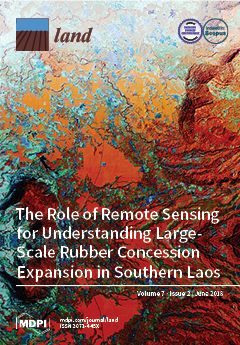Resource information
This paper examines the relationship between site location, resource procurement, and political economy in the context of three localised centres of settlement—Vasilia, Vounous, and Lapithos—which succeeded each other in the narrow, naturally bounded north coastal strip of Cyprus during the approximately 750 years of the Early and Middle Bronze Age (ca. 2450–1700 BC). Cyprus is home to abundant copper sulphide ores and was linked to the international metal trade in the first phase of the Early Bronze Age and again in the Middle Bronze Age. In both cases, this was conducted largely, if not exclusively, via outlets on the north coast which lie close to the southern coast of Anatolia and contemporary shipping lanes but some 35–40 km distant from the nearest ore bodies in the foothills of the Troodos Mountains. Mechanisms which allowed north coast sites to overcome internal distance deterrents in order to exploit geostrategic advantages in relation to external trade include a favourable natural environment (rainfall, soils, and harbours), technological advantage, probably coercion (physical and ideological), and an ability to achieve high levels of centrality within communication and transport networks with fluctuating levels of integration and hierarchy.


